Scaling-up food policy interventions to reduce non-communicable diseases in the pacific islands

Background The burden of non-communicable disease (NCDs) is exceptionally high in the Pacific Island region accounting for 80% of all deaths and 50% of all premature mortality. Increasing rates of NCDs are linked with the transition from diets based on locally grown foods, to diets high salt, fat and sugar, including from processed packaged foods. […]
Africa: Understanding the potential for salt reduction interventions to reduce the burden of diet related NCDs
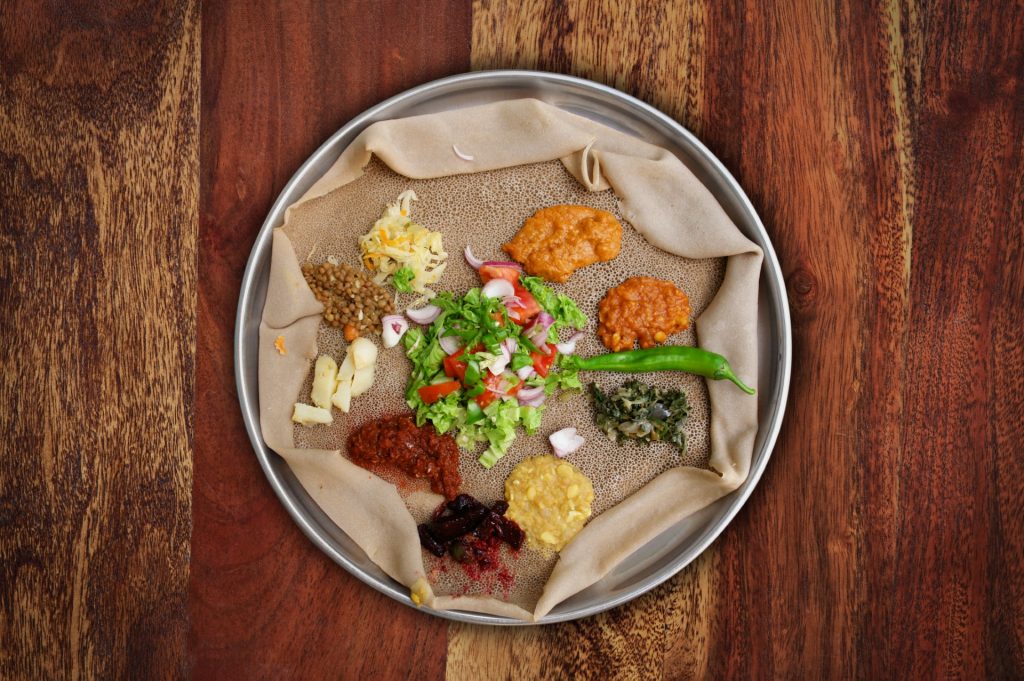
Background Excess dietary sodium consumption – most commonly through the consumption of salt is a risk factor for high blood pressure, stroke, cardiovascular disease and other adverse health outcomes. Given the negative impact of excessive salt consumption on health, the WHO has urged its member states to take action at a population level to reduce […]
Vietnam: Supporting the development and introduction of low-sodium foods
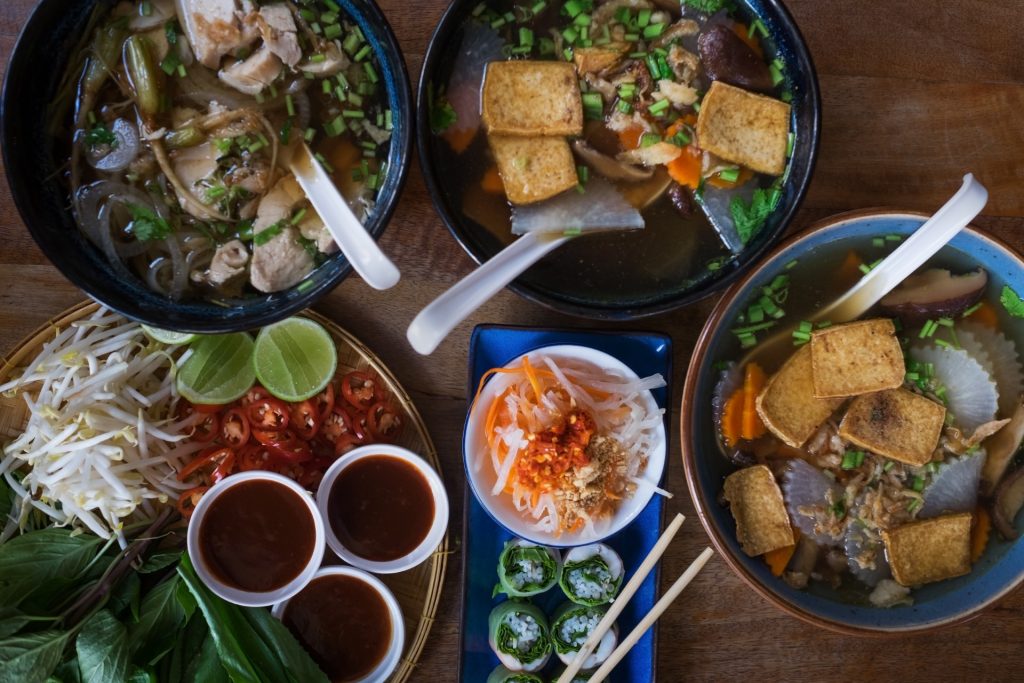
Background Reducing salt consumption is one of the most cost-effective public health interventions to reduce the burden of non-communicable diseases (NCDs). Eating less salt reduces blood pressure, and thereby lowers the risk of stroke and heart disease. In Vietnam, NCDs currently account for 75% of all deaths, mainly due to cardiovascular diseases. There is an […]
Reducing sodium consumption through behaviour change in India (SRII)
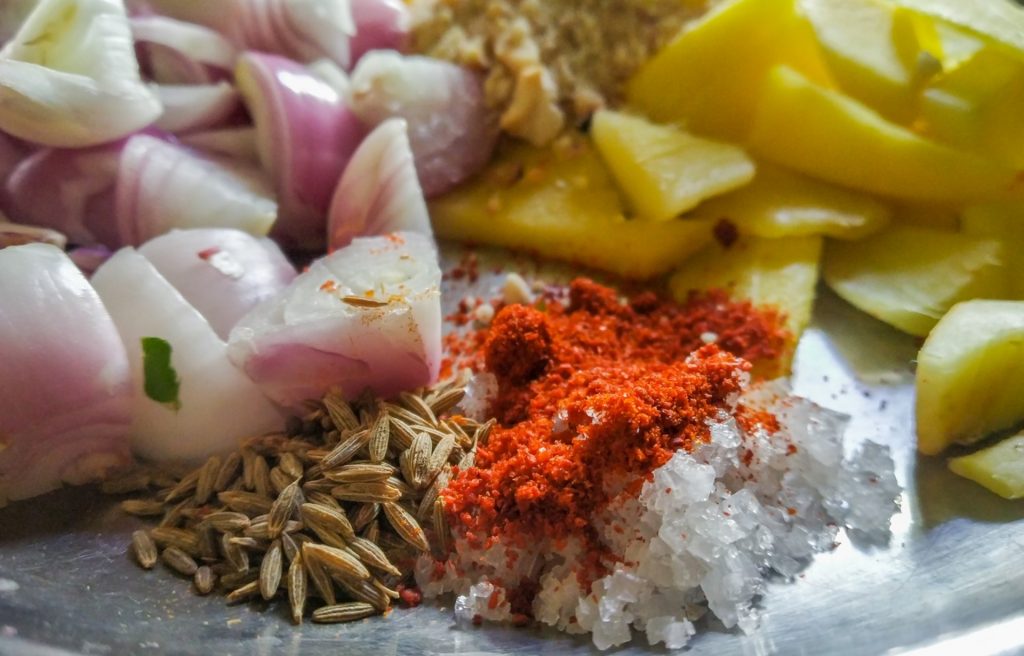
Background In India, estimated salt intake is about 10g/day which is twice as high as the WHO recommendation of 5g/day. Like many low- and middle-income countries, more than 80% of the salt consumed in India is either added during cooking or at the table. Population level reduction of dietary salt consumption is one of the […]
Salt Substitute in India Study (SSiIS)

Background Hypertension is one of the leading determinants of disease in India and causes huge health and economic burden. Mean salt intake in India is more than double the World Health Organization (WHO) recommendation of less than 5 g/day. However, there are no scalable strategies to reduce dietary salt intake and improve hypertension control to […]
Guidance for developing a country-specific salt reduction model
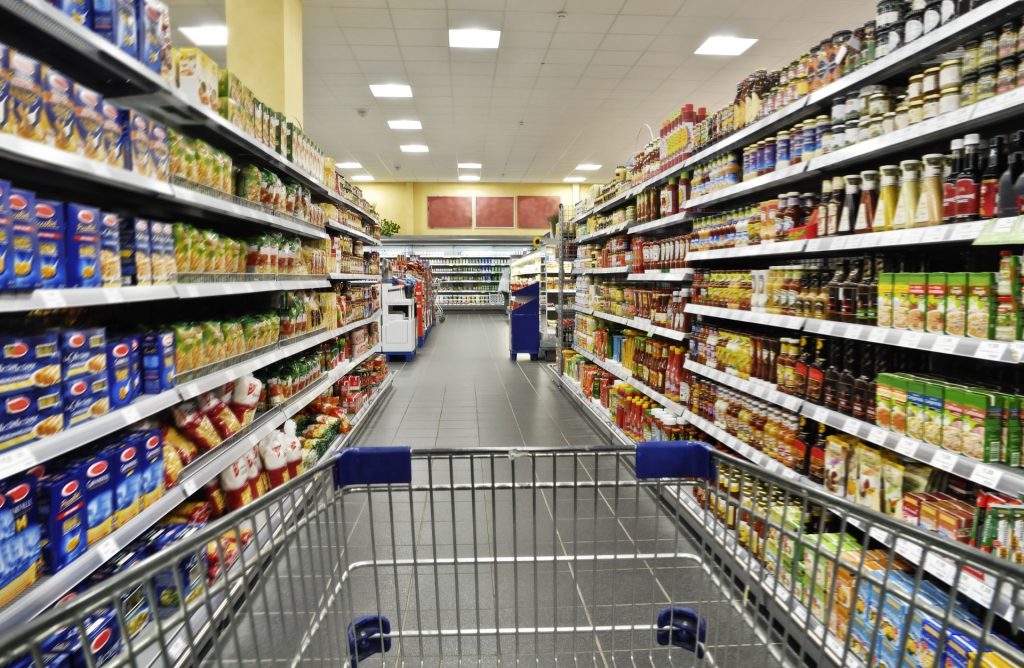
Background Salt reduction strategies should be developed based on the dietary sources of sodium in the local diet. Using data on the sources of sodium and theoretical dietary modelling, salt reduction program leaders can determine what interventions to prioritise, what food categories to target for reformulation, and what are feasible yet effective sodium content targets […]
India: Educating Children to Eat Less Salt
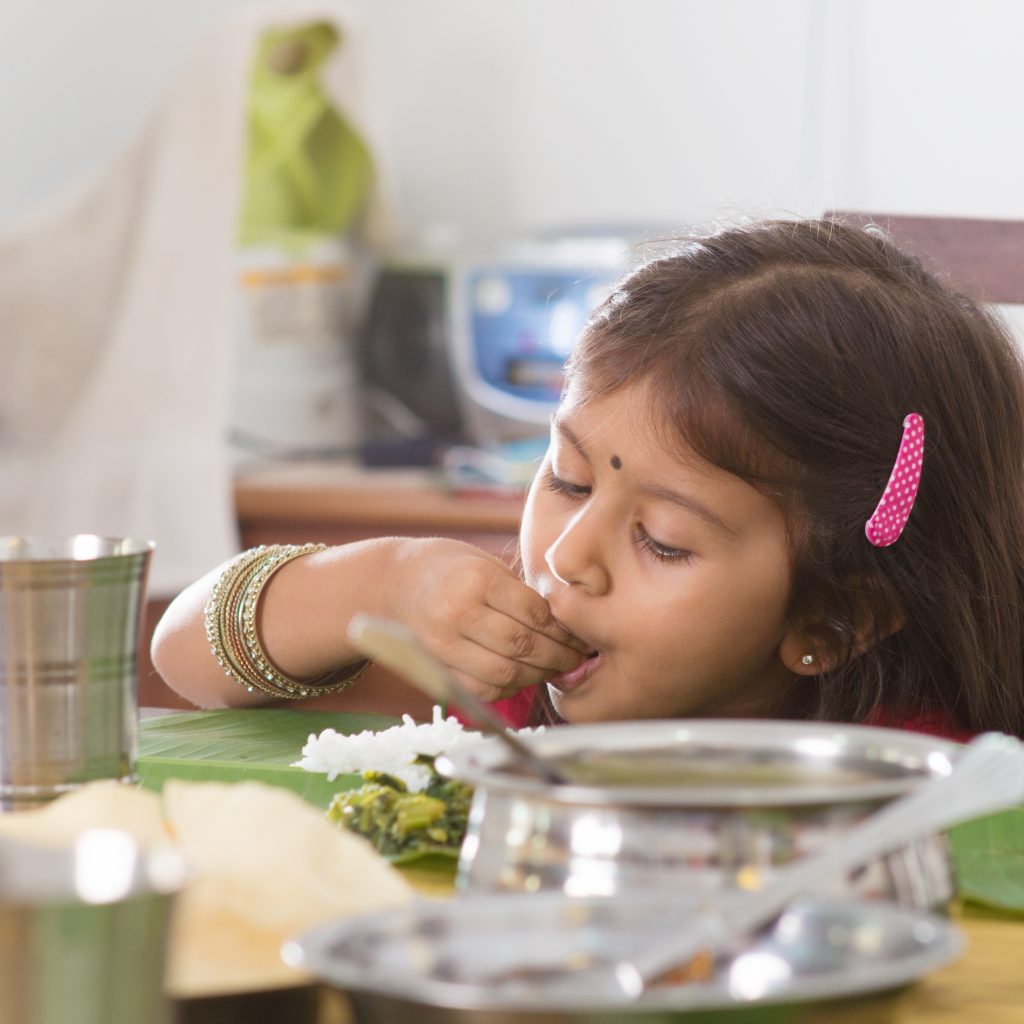
Background We are all eating too much salt. In India, adults are consuming on average almost double the World Health Organization’s recommended maximum intake of 5 grams a day. Children are also consuming excess salt due to regular consumption of fast foods, salty snacks, processed, junk foods and home-cooked foods. Awareness of salt-related issues with […]
Monitoring and improving the healthiness of the food supply
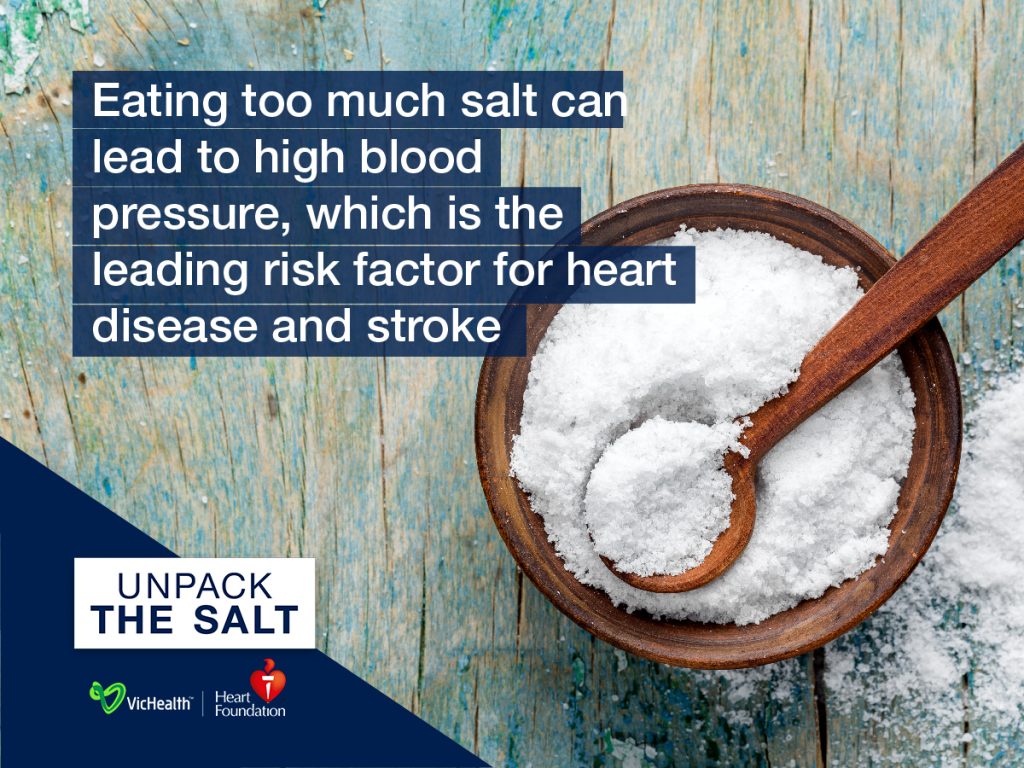
Background In high income countries 75% of the salt we eat is hidden in processed food. The major sources of salt in our diet include bread, cereal products, processed meats, dairy products, crackers and sauces – not because they are the saltiest foods we eat, but because we eat so much of them. Processed foods […]
Malaysia: Mid-term evaluation of the national salt reduction strategy
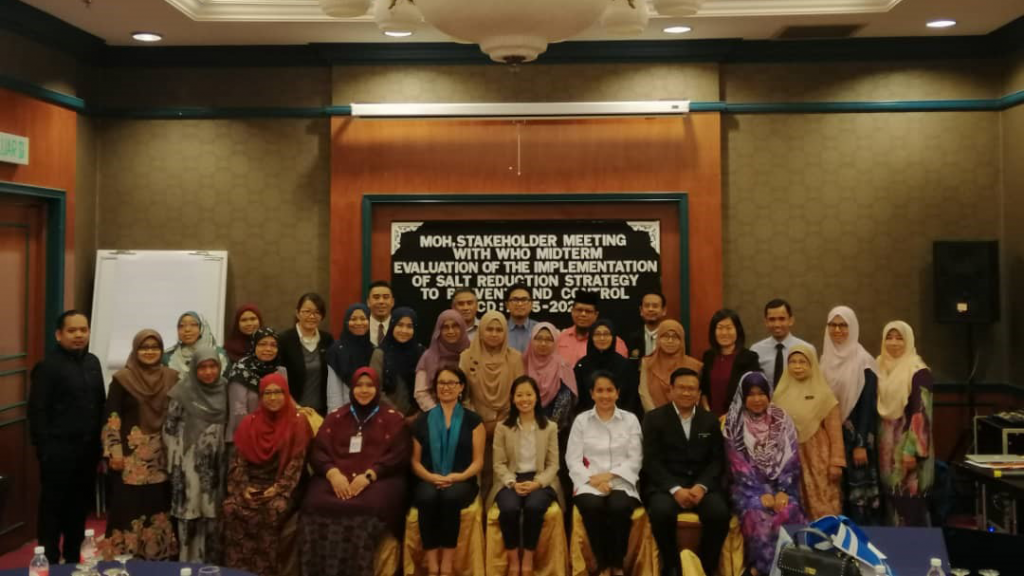
Background Interim evaluations of long-term, multi-faceted salt reduction strategies can help identify areas for enhancement and adaptation during the life of the program The interim evaluation of Malaysia’s salt reduction strategy informed the initiatives of a successful grant proposal In Malaysia, the amount of sodium consumed (mostly in the form of salt) is well above […]
Salt Reduction Initiatives around the World
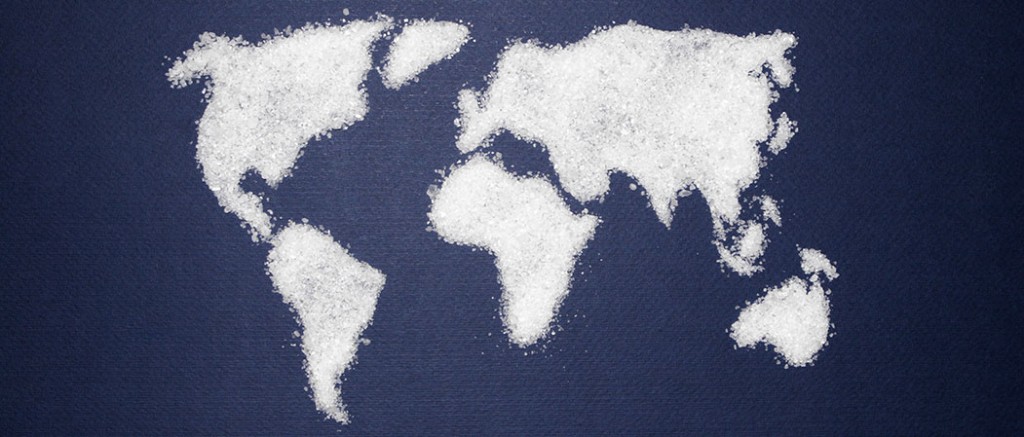
Objective To quantify progress with the initiation of salt reduction strategies around the world in 2014, in the context of the global target to reduce population salt intake by 30% by 2025. Research Methodology A systematic review of the published and grey literature was supplemented by questionnaires sent to country program leaders. Core characteristics of […]